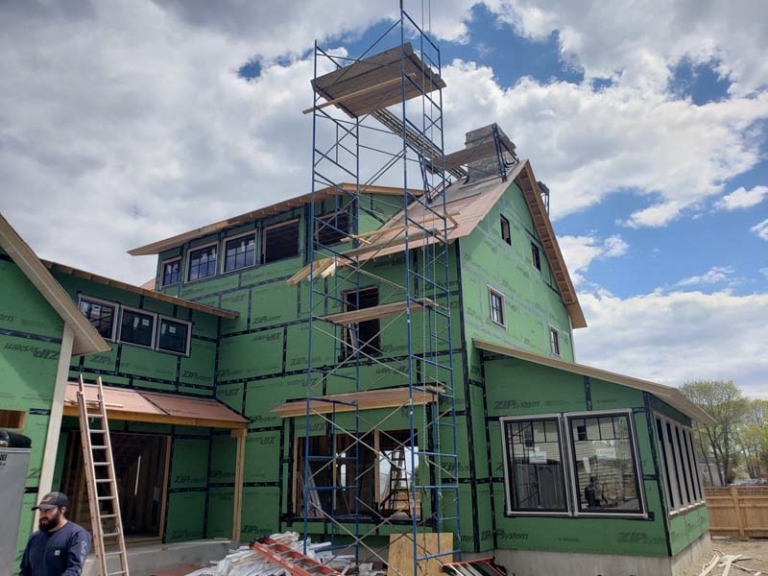Blogs
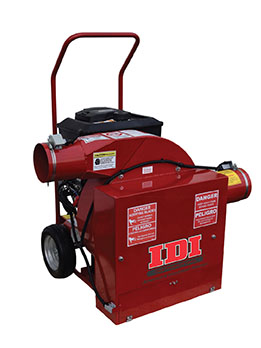
he Green Cocoon (TGC) is thrilled to announce it recently purchased an IDI DV18 Vacuum + Defender (DV18)....

New Hampshire Governor Sununu issued a statewide mask mandate in an effort to slow spread of COVID-19....

The Green Cocoon has renewed its membership with the USGBC (U.S. Green Building Council). This organization...
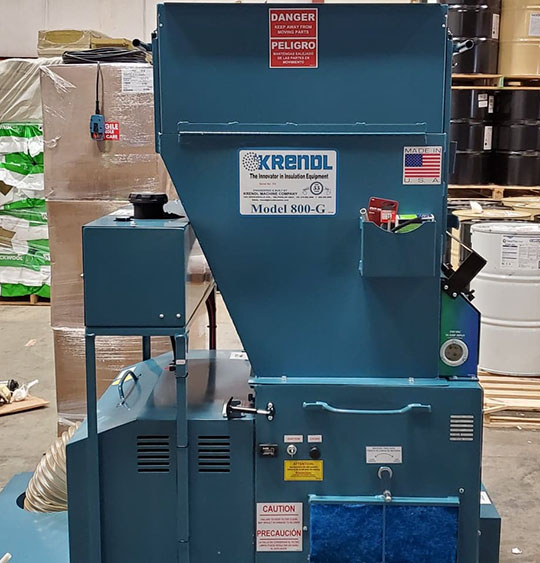
The Green Cocoon, LLC has purchased a new Cellulose Machine. This machine is ideal for installation of...
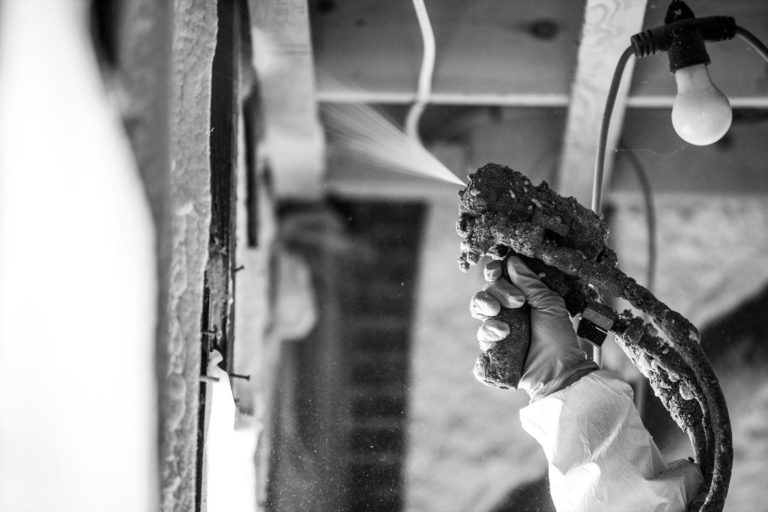
There is a lot of confusion when it comes to thermal barriers regarding what they are and when they are...

The Green Cocoon recently completed a project in Massachusetts and had the privilege to work with Gorman...
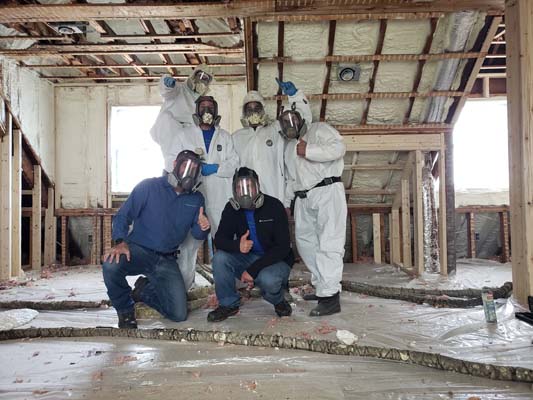
The Green Cocoon was fortunate to work with Red Hammer Builders from Georgetown, Massachusetts on this...
No posts found






